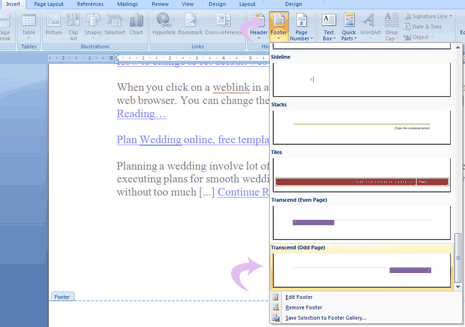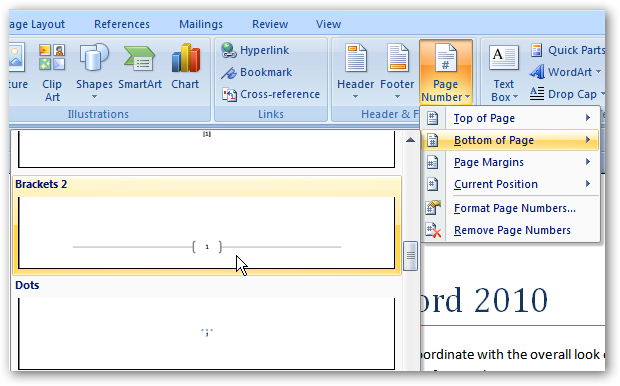

To do it, just double-click the header or footer on the page after the break. On the “Design” tab of the Ribbon, click the “Link to Previous” button to turn that option back on.MS Word is the most widely used text editor and formatting tool used worldwide and is known for its ease of use and striking text editing features. When you relink sections, the header and footer in the active section is removed and replaced with whatever’s in the previous section.

If you decide to reestablish a link to a previous sections header or footer, though, that action is destructive. You can remove, modify, or replace what’s already in your header or footer, and your changes will not impact the headers and footers in the previous section. Unlinking does not delete any existing text or images in the header or footer. If you want to break the link for both the header and footer, you’ll need to do each one in turn this way. This breaks the link between the header or footer (whatever you have selected) of this section and the previous section. On the “Design” tab of the Ribbon, click the “Link to Previous” button to turn that option off. Now, double-click the header or footer area on the page after the break you inserted. Usually, this is going to be a page break, so that’s what we’re using here. Click the “Breaks” button, and then choose the type of break you want. Place your cursor wherever you want to create a section break (typically this will be at the end of a page), and then switch to the “Layout” tab on the Ribbon.
HOW TO USE HEADERS IN WORD 2007 HOW TO
RELATED: How to Use Breaks in Microsoft Word to Better Format Your Documents That said, you can still create sections in an existing document, and the process is the same.
HOW TO USE HEADERS IN WORD 2007 FULL
This often prevents the weird layout glitches you can get (and then have to resolve) when sectioning an already full document.

Personally, I find it easiest to think about the document ahead of time and create all the sections I need before I start populating the document. Whatever your reasons, the trick is to create different sections where you want the headers and footers to look different. For example, maybe you want your introduction and table of contents pages numbered with Roman numerals, but the main text of your document numbered with Arabic numerals.


 0 kommentar(er)
0 kommentar(er)
